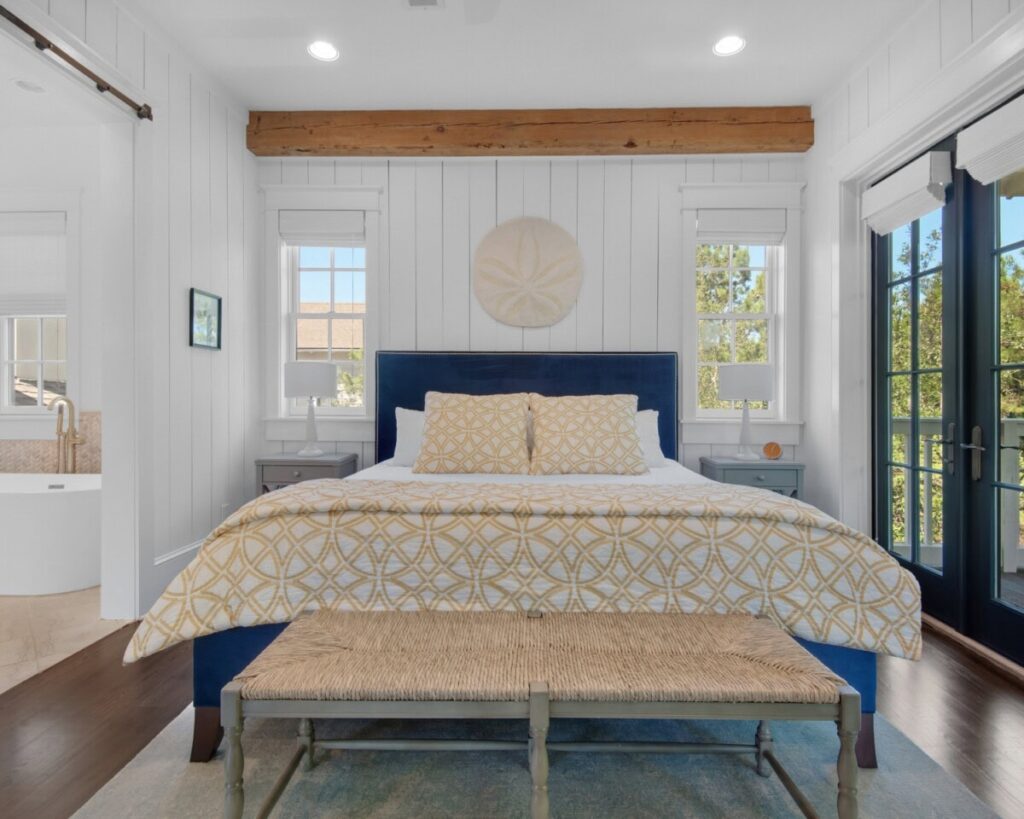Transforming Your Home with Complementary Colors
Complementary colors can breathe new life into your living space and create a harmonious environment that resonates with your personal style. By strategically pairing colors that sit opposite each other on the color wheel, you can enhance the vibrancy of your space and make it more inviting. Whether you’re planning a refreshing update for your home in Boston, MA or adding a touch of flair to your apartment in Philadelphia, PA, understanding how to utilize complementary colors effectively can elevate your design game. In this article, we’ll delve into practical tips and inspiring ideas to help you harness the power of complementary colors and bring your vision to life.
1. Balancing Modern and Traditional Hues
To achieve harmony, it’s essential to balance modern and traditional hues, allowing each color pairing to enhance the overall mood and functionality of the space. Contemporary colors bring energy and drama, reflecting current trends and influences from various sources.
2. Dominant vs. Secondary Colors
Using dominant colors on larger surfaces provides a strong foundation and sets the tone for the room, while secondary colors are perfect for accents that add depth and visual interest without overwhelming the space. Think of one color as the main character and the other as the supporting actor to create a dynamic yet balanced look.
3. Placing Complementary Colors Side by Side
Placing complementary colors side by side creates a striking contrast that intensifies each color’s impact and adds dynamism to the space. This technique can also help in highlighting specific areas or features within the room.
4. Experimenting with Color Decks and Cards
Having a color deck and color cards on hand allows you to explore a wide range of shades and experiment with different combinations before committing to a design. This simple tool can make the process of coordinating colors much easier and more efficient.
5. Varying Intensity for Cohesion
Varying the intensity of your chosen colors helps in creating a cohesive look by balancing bold and subtle tones. This prevents the space from feeling overwhelming or monotonous, adding depth and richness to the overall design.
6. Planning Like a Vacation Itinerary
Thoughtfully coordinating complementary colors is similar to planning a vacation itinerary, ensuring a balance between active elements and moments of relaxation. By striking this balance, you can keep the visual appeal of the room without it feeling too busy or chaotic.
7. Using Textures and Patterns
Incorporating different textures and patterns when working with complementary colors adds depth and visual interest to the space. This prevents the color scheme from feeling flat or one-dimensional, creating a more dynamic and engaging environment.
8. Finding the Right Balance
Achieving harmony with complementary colors requires finding the right balance between bold and subtle choices. Using one color as the dominant shade and the other as an accent can create a visually pleasing and comfortable design that captures attention without overwhelming the space.
In conclusion, incorporating complementary colors in your home design can truly transform your living space and reflect your personal style. By following these tips and ideas, you can effectively harness the power of color and create a vibrant, harmonious environment that speaks to your unique vision. Experiment, have fun with different combinations, and let your creativity shine through in every room of your home.



